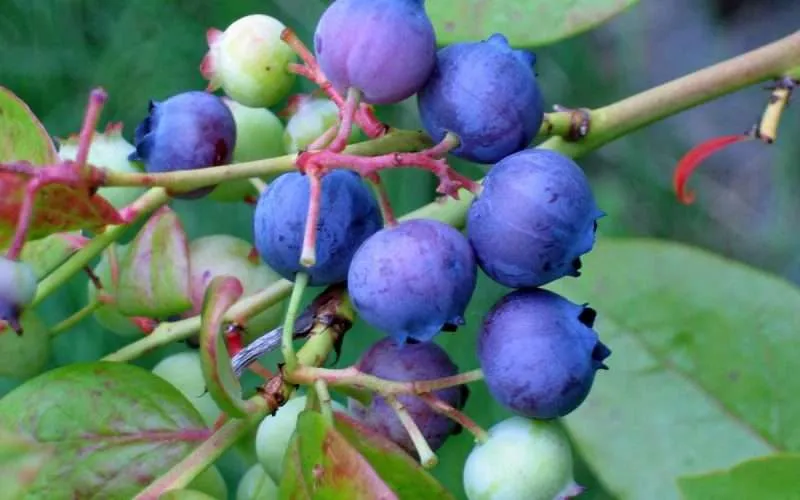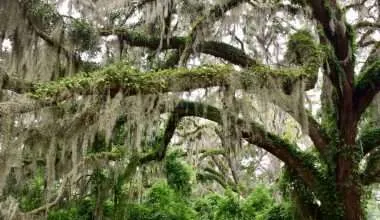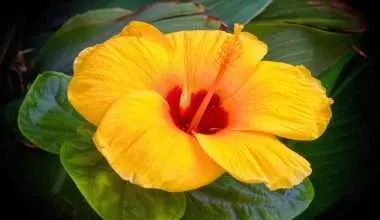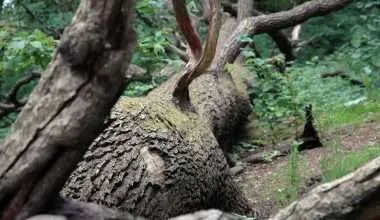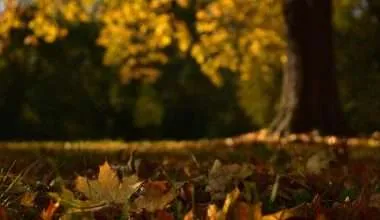Table of Contents Show
Japanese berries sound exotic enough on their own, and they make excellent houseplants also. The Japanese blueberry tree, for one, is especially popular in the US as a houseplant.
So is it tasty? Healthy? What makes the Japanese blueberry plant so popular in the US? Because it is certainly not a native plant!
True to its exotic sounding name, Japanese blueberries originated in Japan and China. However, beautiful though it may look, it is not even an edible plant as far as humans are concerned.
Here’s the great part though, birds love, and can eat the berries. Having a Japanese blueberry plant growing in your garden soil will ensure that you are able to have the added perk of bird watching all day long.
Normally what makes the Japanese blueberry plant so popular is its hardy nature. Being able to withstand harsh conditions makes it all the easier to take care of the plant. The Japanese blueberry plant may just be the perfect home garden plant.
What Makes the Japanese Blueberry Plant so Popular?
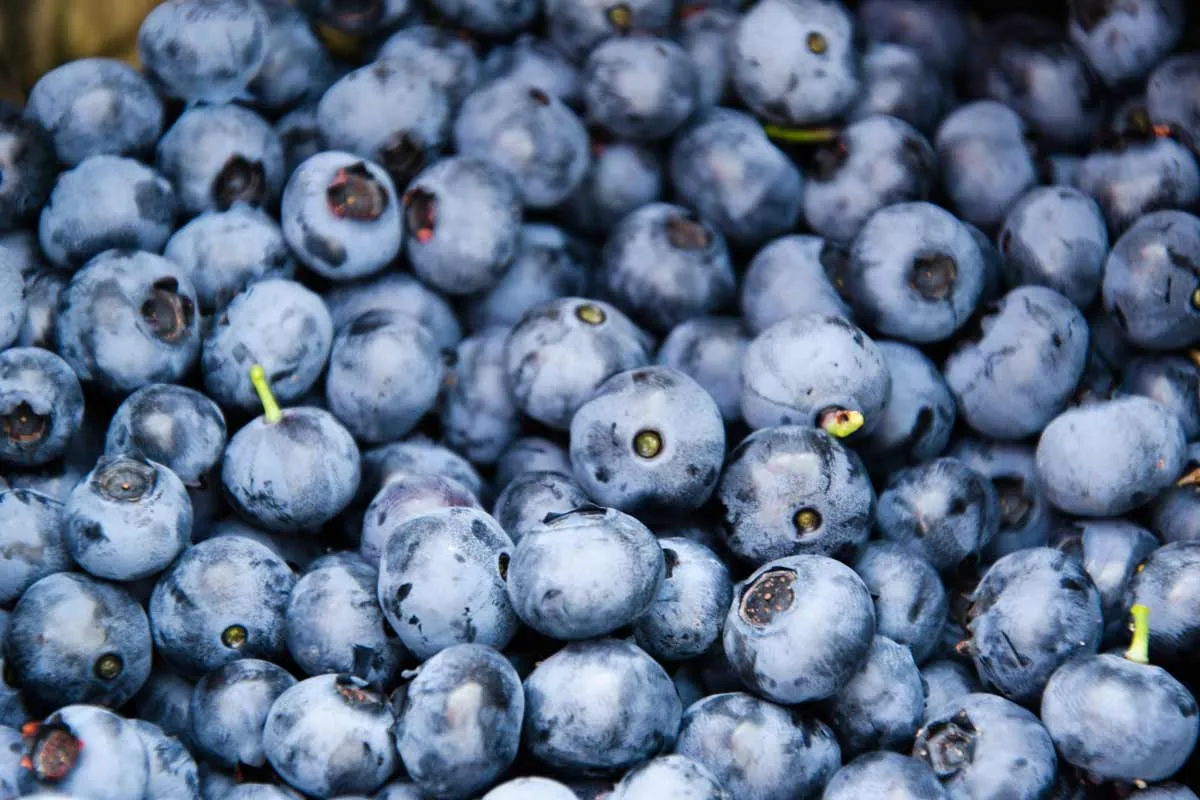
The Japanese blueberry tree has a multitude of attractive features for gardeners. Still the most desirable trait is probably the fact that it is a low maintenance tree. In fact, the Japanese blueberry tree can even go with absolutely no maintenance. Though that will require you to plant the tree in ideal conditions.
Another attractive feature possessed by this tree is its incredibly aesthetic appeal. The Japanese blueberry tree is in fact very beautiful. A testament to its aesthetically appealing nature, is the fact that birds and small critters are attracted to the tree. So the Japanese Blueberry tree is sure to make your yard more lively.
Moreover, the Japanese Blueberry tree is also able to avoid most diseases. The tree does catch disease but it is considerably rare for that to happen. The most common disease the Japanese Blueberry tree is prone to is sooty mold.
Thus, being an attractive, low maintenance addition to any yard is what makes the Japanese Blueberry tree so popular amongst growers. Additionally, the tree even attracts the local birds and butterflies.
With next to no time being spent on maintenance, most growers tend to prune and fertilize the tree instead. This enables them to use the tree to make works of art all around their gardens thus adding beauty to the landscape.
The Japanese Blueberry trees grow up to 40 feet tall with a width of about 30 feet. This leaves well enough space to prune and shape the tree however you want. The tree makes for a fascinating canvas. Allowing growers to be creative and build their perfect custom gardens.
The Ideal Environment for Japanese Blueberry Trees
Once planted, Japanese blueberry trees are typically highly resilient and can survive drought. However, they will not achieve their full potential unless they are planted in the proper location with the right soil and circumstances.
Plant Japanese blueberry trees in zones 8 through 11. They prefer full light and soil that is well-drained and nutrient-rich. These conditions are ideal for the plant to grow into a big healthy tree.
Watering your Japanese blueberry tree once a week throughout the summer, and twice a week if it is particularly hot, is about all you’ll need to do. This is of course when the plant is young. As the plant grows, the root system is able to take care of all the tree’s water needs.
Hence, during its first two growing seasons, the tree should be given 15 to 20 gallons of water every week. During this period, you want the root system to become completely established. Water it as needed throughout its third growth season. Make sure there is no standing water near the tree.
Fertilize your tree three times a year, in the spring, summer, and fall, according to experts. There are various fertilizers available that will work for the Japanese Blueberry tree. However, depending on your locality certain fertilizers may work better.
When purchasing fertilizers it is always a good idea to consult an expert at a local nursery. The fertilizer that would work best for your garden depends greatly on the natural nutrient content of the soil on your land. However, in most cases, a high nitrogen fertiliser should suffice.
Things to Look out for When Growing Japanese Blueberry Trees
You’ve invested so much time and money in caring for your gorgeous blueberry tree that it’s no surprise that you’re irritated when anything goes wrong with it.
Fortunately, Japanese blueberry trees are exceptionally resilient and disease-resistant. Their problems are minor, but they require attention to keep them at bay. Don’t fret if you’ve spotted any of the issues listed below; they can all be fixed with care and attention.
1. Inadequate Drainage/ Lack of Nutrients
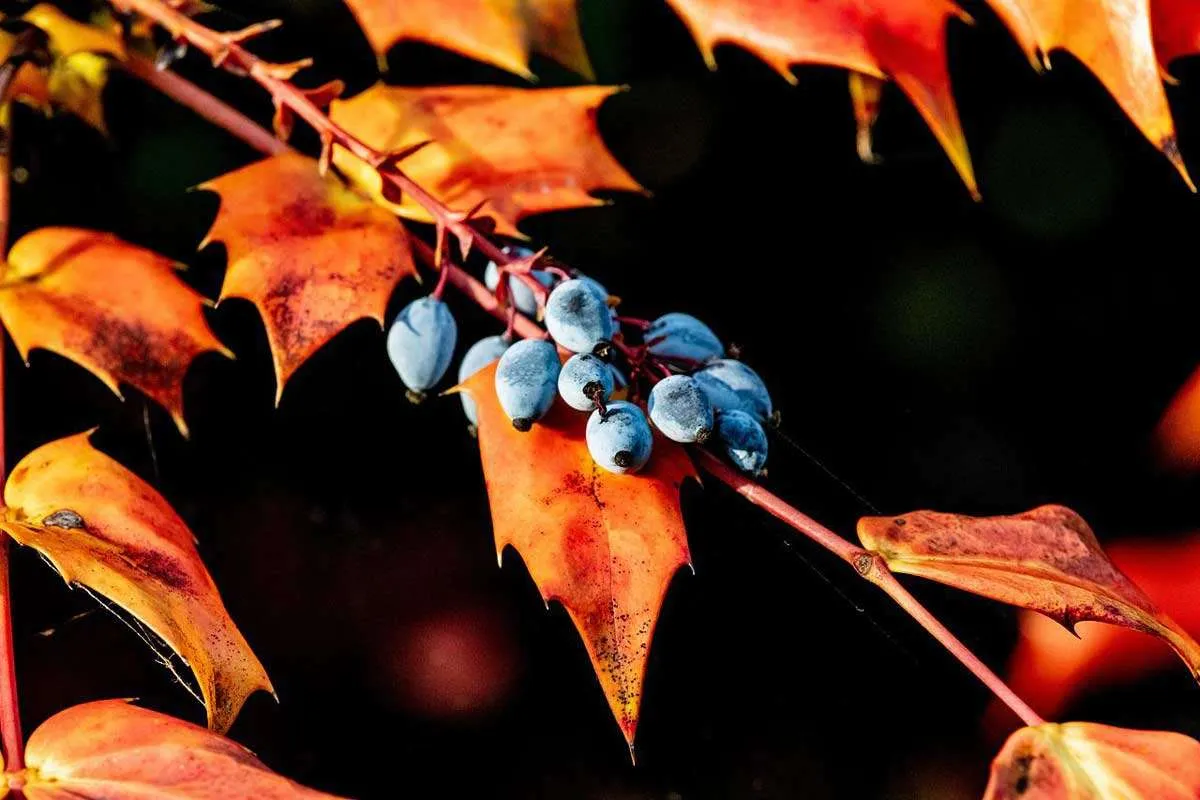
Normally, the Japanese blueberry tree will shed leaves every 2-3 years. These will in turn end up being replaced by new leaves. Under normal circumstances the tree already sheds a lot of leaves and berries. However, when this shedding becomes excessive there may be a problem.
First and foremost, it is absolutely vital to understand how to tell if your tree is shedding too many leaves. The simplest way is to see if the branches are barren or not. Barren branches means that your tree might have an ailment. If this is the case then further investigation will be necessary to determine the underlying cause.
In case your tree is losing too many leaves, it’s possible it might have leaf rust. To confirm this, examine the hue of the fallen leaves. Do they have reddish-brown spots? If so, then that might be leaf rust.
In the case that your tree’s leaves do not have reddish spots, it probably isn’t leaf rust. In this case your tree most probably lacks proper soil drainage or nutrients.
If the tree does not have adequate drainage or does not receive adequate nutrients, a large number of leaves will fall off. You most likely have inadequate soil drainage if you detect standing water around your tree or hard, compacted soil.
Alternatively, If you haven’t fertilized your tree since it was planted, it may be deficient in nutrients. Depending on what the cause of the problem is, you can try either of the following solutions.
In case your issue is with poor drainage then you should begin by incorporating compost into the soil surrounding your tree. This helps to promote drainage. It will make more air spaces for water to drain through. Every year, add 3-4 inches of compost to dramatically improve drainage.
Fertilizer should be used in the spring, summer, and fall to maintain robust leaves growth and keep your tree well fed. This will provide it with the finest atmosphere for it to grow full and tall.
2. Sunburn/ Tree tops beginning to die
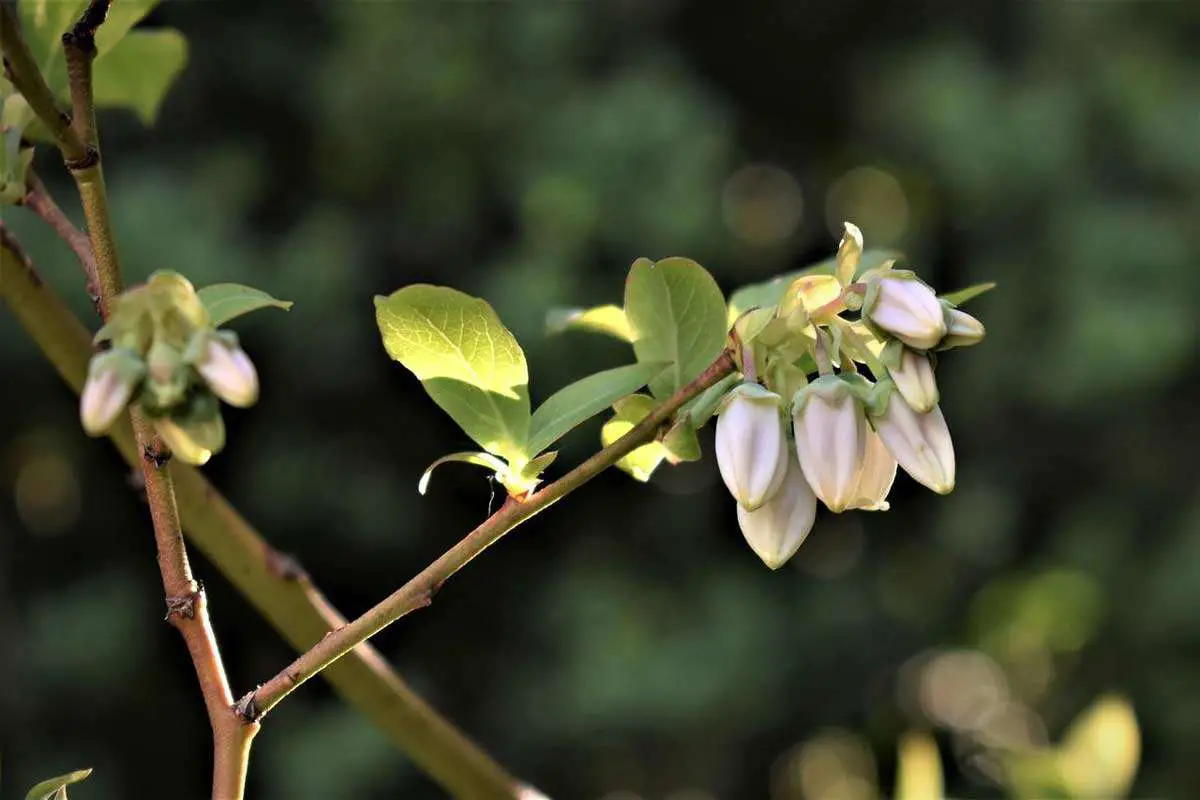
There are two reasons why the top of your blueberry tree has started to die off, leaving unsightly bare branches poking out above the foliage.
Because Japanese blueberry trees have thin bark, they are susceptible to sunburn. The sunburned area of the tree will die and stop delivering nutrients to the leaves and branches above it. Look at the tree trunk directly below the dead region to discover where the damage has happened.
Sunburn will be visible on the side that receives the most sunlight due to discolored bark. This occurs because the canopy did not provide adequate shade to the summit of the tree.
To solve this sunburn issue, the best option is to cut off the top dead branches during the winter season. Along with using a burlap sack or something similar to shade the tree from further damage. Continuing this until new branches grow can be all you need to do.
Borers are another reason the tips of your blueberry tree are naked. Borers are wood-eating insects that dig into tree trunks and feed on the interior layers of the tree. They are mainly larvae of beetles or caterpillars. If they drill into your blueberry tree, they may have damaged the trunk, which means the top of the tree is no longer receiving water.
Examine the trunk immediately below the bare branches for this sort of damage. The bark will readily peel off, especially if it is facing the most sunshine. Borers will have burrowed directly beneath the bark.
Borer damage cannot be reversed, but a pesticide applied to the tree’s soil once a year will keep them at bay. During the winter, prune down the dead sections of the treetop, taking care to maintain adequate canopy shade for the live branches below.
Take care to prevent the exposed branches from getting sunburnt when trimming the dead sections of the top of the blueberry tree. As previously said, you may provide shade by draping burlap bags over the tops of the trees. You may also apply diluted latex paint to exposed tree branches to reduce surface temperature and promote new growth.
3. Thinning Tree Canopy
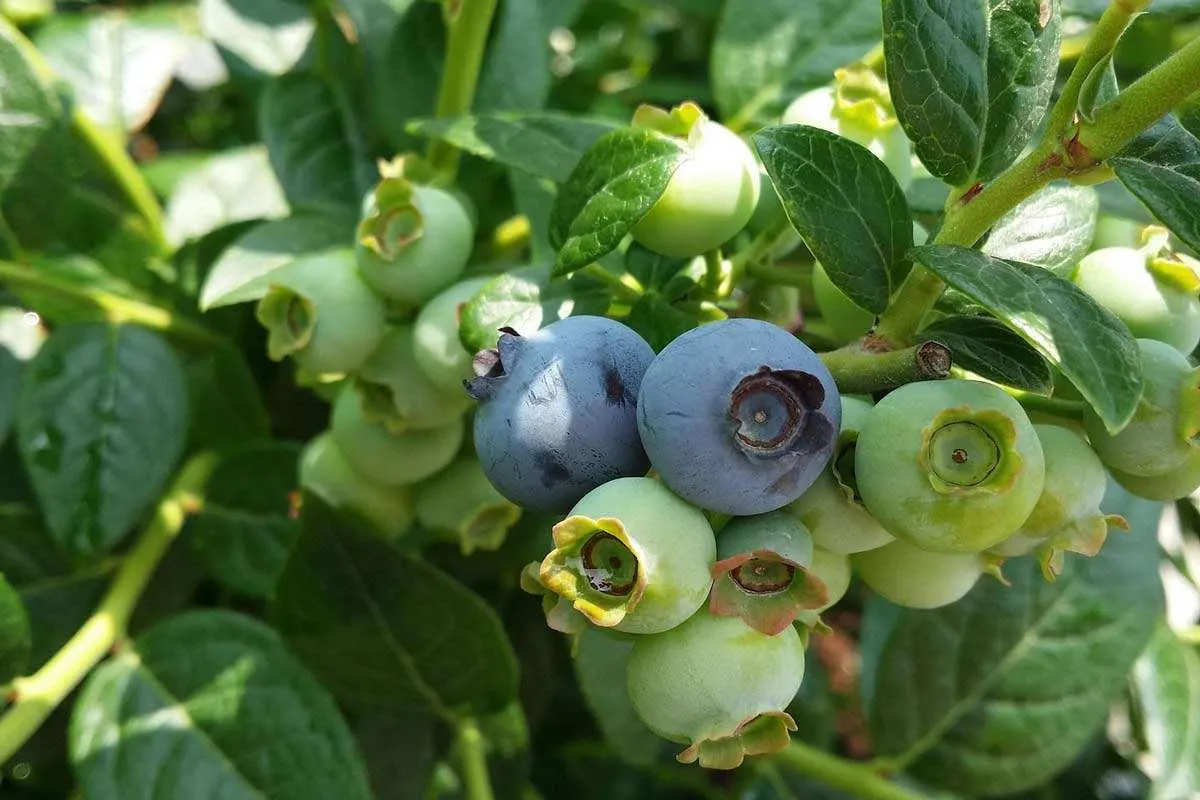
Excessive leaf shedding is a reason for concern for your blueberry tree. The canopy of your Japanese blueberry tree may be getting thinner. However, determining the cause may be slightly tricky.
There are a few possible explanations for why your tree’s canopy is diminishing. The first possibility is that your tree isn’t getting enough water. If you live in a desert or a hot climate, make sure to water your blueberry tree frequently.
If your tree isn’t getting enough water, the foliage will thin, exposing the inner canopy to the light. And as already explained, Japanese blueberry trees are susceptible to sunburn. If you wish to have this sort of tree in a hot and dry region, without having it dried and dead at the top then you must take great care to water it adequately.
Another reason the canopy may be shrinking is that the bare spots are not getting enough sunlight. Japanese blueberry bushes can only survive if they receive adequate sunshine, thus places that do not receive enough will suffer. This is common when they are placed against a fence.
If your blueberry tree is getting adequate light and water but still loses a lot of leaves, it might be because it is too near to other trees or Japanese blueberry plants. If the tree’s roots are vying for resources, the leaves may not receive enough nutrition to survive.
4. Iron Deficiency Chlorosis
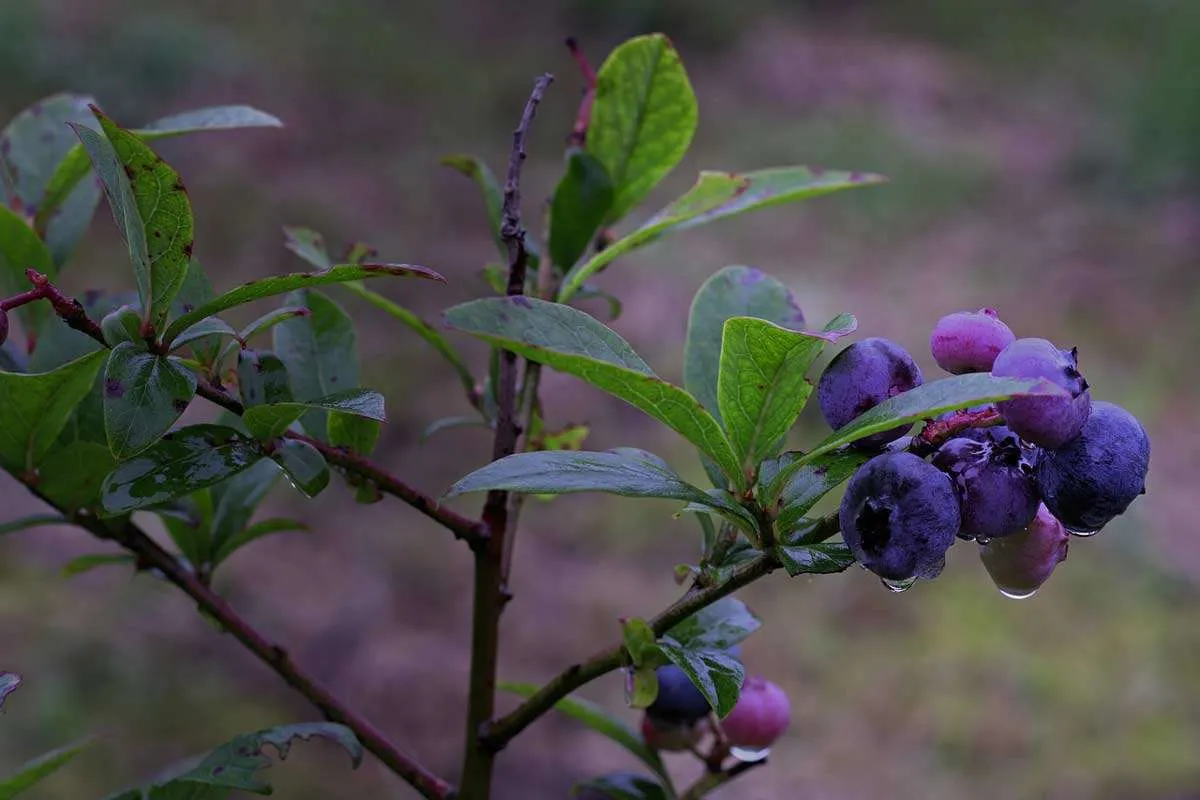
Japanese Blueberry trees are quite susceptible to chlorosis. This usually occurs when the tree does not get enough Iron from the soil. Iron is a mineral that is required by the plants to make chlorophyll. This is the substance that gives leaves their green color. It is also essential for photosynthesis to occur. So, lack of iron can seriously harm your tree.
Since chlorosis causes a lack of chlorophyll in the leaves, it is actually quite easy to identify. Initially the leaves will begin to lose their green color. Turning yellow. Overtime, the yellow leaves will fall and the barren branches will start to die.
Under severe chlorosis, the tree will become severely scorched. Luckily, however once the underlying cause has been identified it becomes quite simple to actually reverse the damage.
There are primarily two reasons that can cause an Iron deficiency in your Japanese Blueberry tree. The obvious one is of course a lack of iron in the soil. This, however, is rarely the case. The more common cause is an unsuitable pH level in the soil.
Japanese Blueberry trees are ideally suited to grow best in a neutral pH. These trees prefer a pH between 6.1 and 7.5. Any higher and it would be inappropriate for the roots to actually absorb any Iron from the soil.
A simple soil pH test can be used to determine if it is in fact the pH of the soil that is the problem or not. In case it is the pH of the soil that is causing all the problem the solution becomes simple. You may have to adjust the pH value of the soil to suit the requirements of the Blue berry tree.
Add compost , mulch or sulfur to enhance the acidity of soil. Alternatively ,you can mix lime into soil to decrease acidity.
While this fix is pretty simple it is not instant. Meaning that you will only begin to see results by the next growing season. If during that time all the leaves decolorize and fall off, your tree could die even with an adjusted soil pH value.
For a temporary quick fix, you could make use of a foliar iron spray. This will show results within a couple of days. The foliar spray provides iron directly to the leaves and gives them an injection of strength.
In case it isn’t the pH of your soil that is causing all the problem, it is likely a lack of iron in the soil. To fix this, all you need to do is to add an iron rich fertilizer and water your trees. However, be careful to not over water the tree as this will wash away any supplements that you have added to the soil.
5. Sooty Tree Mold
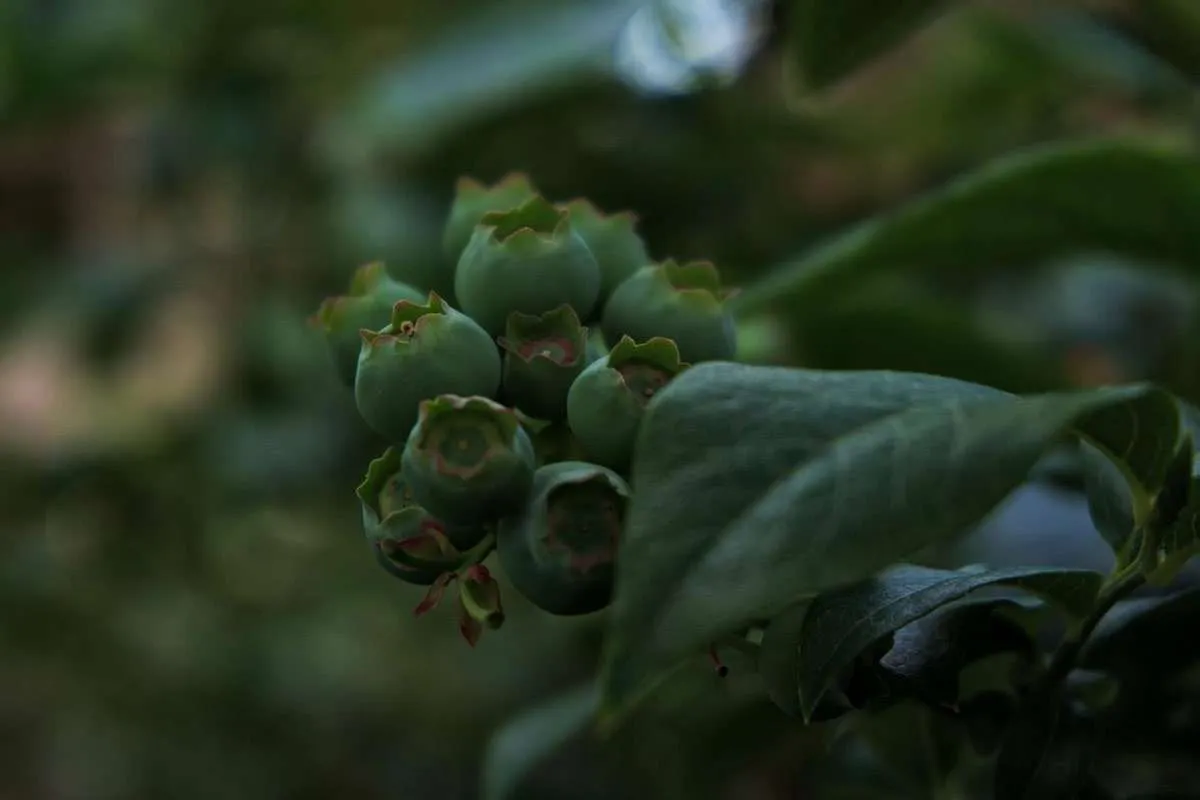
Sooty mold, while harmless to your tree, is still one of the few diseases that can affect it. Sooty mold is basically the build up of black patches on the leaves of the plant. It almost resembles ash from a campfire. That is also why it is sometimes referred to as black silt.
Since the sooty tree mold does not directly harm the plant, it’s not exactly very troublesome and can be easily taken care of. The only problem is that sooty mold spots can make your tree look ugly with black patches all over the leaves. Moreover as the black mold builds up it blocks sunlight from entering the leaves and as a result disrupts photosynthesis.
Without photosynthesis happening the tree will begin to lose its color and slowly start to wilt and die. Luckily, however, there are easy fixes to this.
To understand how to fix this it is essential to first understand what actually causes the sooty tree mold to form. Sooty mold can only develop on honeydew. Honeydew is basically a waste product left by aphids and other insects that feed on your Japanese Blueberry plant. A sign that your tree has lots of honeydew on it is that bees are constantly buzzing around the leaves.
With this understanding, it is easy to deduce that the solution to excess sooty mold on your trees is to either get rid of the honeydew or the pests altogether. For a quick temporary solution you can simply spray your trees with a garden hose. This will wash away the honeydew and act as a temporary fix for sooty mold buildup.
For a more permanent solution though, you will have to erase the problem from its roots. This means you have to get rid of the pests. Calling an expert to exterminate the pests or simply using pesticides should do the trick. Though you will have to carefully select the best pesticide for your garden.
6. Leaf Rust
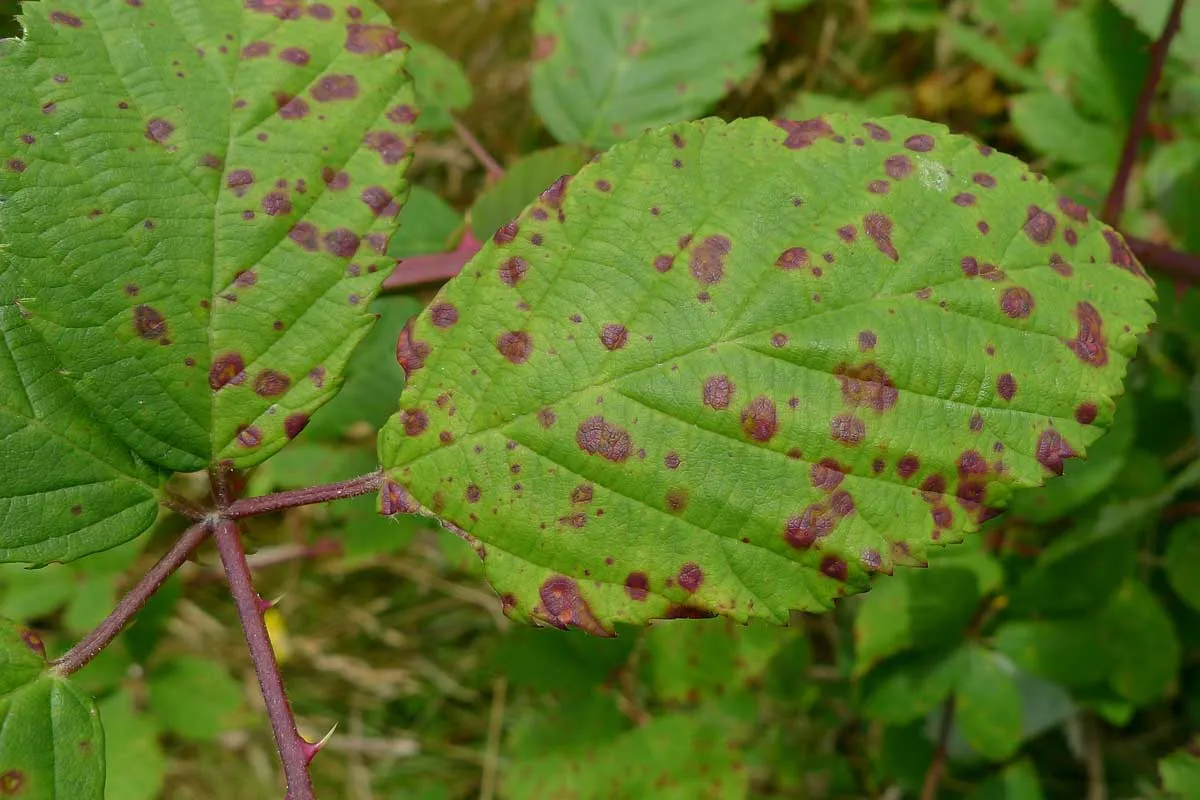
Leaf Rust is one of the more common and annoying issues faced when growing Japanese Blueberry trees. It is, however, not fatal to the tree and can be taken care of. It is most prevalent in Southern United States where the weather is warm and allows it to spread.
Leaf Rust is caused by the fungus Naohidemyces Vaccinii. Young leaves and new foliage are particularly susceptible to damage by this fungus. This fungal growth causes yellow spots to grow on the leaves of the tree. These spurs in time convert into rust colored spots that tend to spoil the beauty of your tree. In addition, the leaf Rust can stunt growth and make your tree unhealthy if not dealt with properly.
Leaf Rust is usually formed when fungus grows on the leaves. For the fungus to grow, it requires a wet environment, so wet leaves are its ideal target. This is why it is advised to water the soil around your Japanese Blueberry trees only. In addition, overwatering your blueberry tree is also going to lead to a greater chance of a fungal infection.
Once you have spotted the Leaf Rust spreading through your tree, you must get an antifungal or a fungicide for your tree to avoid spreading the fungus any more. This will prevent your tree from further harm and kill the fungus growing on your trees. Once the active fungus has been dealt with you do have to take a few additional steps to prevent it from coming back.
In the later seasons, the fungus on the fallen leaves grows telia, or spore-producing bodies, on it. This can develop into the fungus again and re-infect your trees.
The best solution is to collect the fallen leaves in a pile and burn them. This of course depends on whether your state allows the act or not. Regardless, destroying the fallen leaves is the only way to prevent the fungus from ever spreading again.
